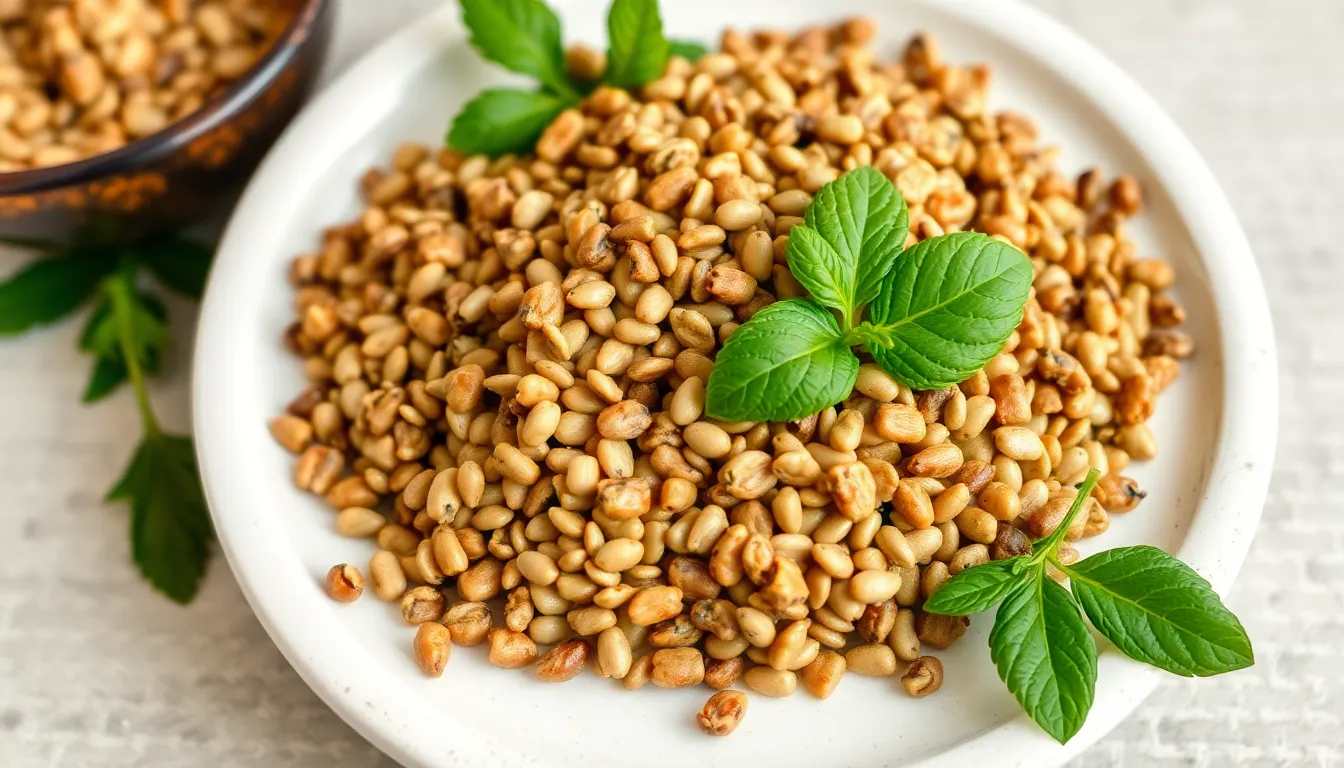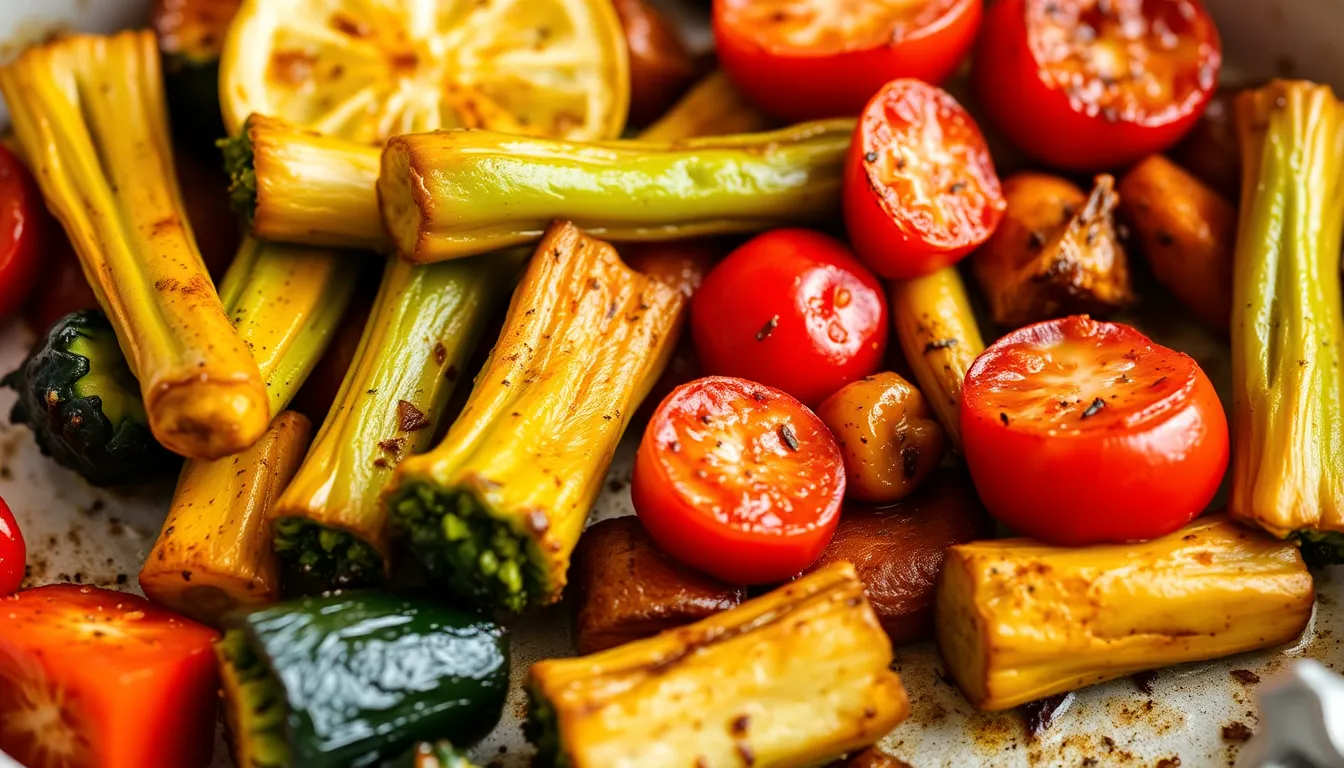A Beginner’s Guide to Fermenting Your Own Cheese
Introduction
Welcome to the world of cheese-making, a delicious journey that turns simple ingredients into a culinary marvel. Cheese fermentation is a unique process that transforms milk into various types of cheese, each with its own distinct flavor, texture, and aroma. Making your own cheese at home is not just a rewarding endeavor; it allows you to customize flavors and textures to suit your palate while enjoying all the health benefits that come with fermentation.
In this guide, we’ll unpack the fundamentals of cheese fermentation, explore the essential ingredients and tools needed, and walk you through the step-by-step process of making your own cheese. Whether you are a cooking novice or a kitchen pro, this guide will empower you to try your hand at cheese-making with confidence.
What is Cheese Fermentation?
Cheese fermentation is the process by which milk is transformed into cheese through the action of bacteria and enzymes. During fermentation, beneficial bacteria convert lactose (milk sugar) into lactic acid, which not only helps to preserve the cheese but also gives it a distinct flavor and texture. This process is essential to creating different types of cheese, from the soft and creamy Brie to the hard and crumbly Parmigiano-Reggiano.
The role of bacteria in cheese-making cannot be overstated. These tiny microorganisms help to acidify the milk, coagulate it, and develop the cheese’s characteristics over time. Enzymes, whether from rennet or naturally occurring in the milk, also play a crucial role in coagulating the milk to form curds. Together, these elements create the beautiful symphony of flavors in cheese.
Essential Ingredients for Cheese Fermentation
Before you embark on your cheese-making adventure, it’s vital to gather the essential ingredients that will serve as the foundation for your cheese. Here’s a list of the basic ingredients you’ll need:
- Milk: Types and recommended sources
- Starter Cultures: Where to find them
- Rennet: What it is and alternatives
- Salt: Importance in flavor and preservation
HTML Table: Basic Ingredients for Cheese Fermentation
| Ingredient | Purpose | Recommended Type |
|---|---|---|
| Milk | Base ingredient for all cheese | Whole, raw, or pasteurized |
| Starter Culture | Initiates fermentation | Mesophilic or thermophilic |
| Rennet | Coagulates milk to form curds | Animal or vegetable rennet |
| Salt | Enhances flavor and acts as a preservative | Non-iodized sea salt |
Tools Needed for Cheese Fermentation
Having the right tools is essential for a successful cheese-making experience. Below is a list of essential tools you will need:
- Cheese Mold: Used to shape the cheese during pressing.
- Thermometer: To monitor the milk temperature accurately.
- Cheesecloth or Fine Mesh: For draining excess whey.
- Long Knife or Curd Cutter: To cut the curds evenly.
- Large Pot and Ladle: For heating milk and stirring.
Step-by-Step Guide to Fermenting Your Own Cheese
Step 1: Preparing the Milk
The first step in cheese-making is selecting the right type of milk. For beginners, whole milk is recommended, as it contains a good amount of fat to create creamy cheese. If you can find raw milk, it will give you a more complex flavor profile. However, pasteurized milk is perfectly acceptable and widely available.
Once you have your milk, heat it in a large pot over low to medium heat until it reaches the desired temperature. For most cheeses, this is usually around 85°F (29°C). Stir gently to ensure even heating and prevent scorching.
Step 2: Adding the Starter Culture
After the milk is heated, it’s time to add the starter culture. This is a crucial step, as the starter culture will provide the bacteria necessary for fermentation. Sprinkle the culture evenly over the surface of the milk, then let it sit for about 5-10 minutes to rehydrate before stirring gently.
Keep the milk at the appropriate temperature (typically around 80-90°F or 27-32°C) to promote the growth of the starter culture. This step is essential for achieving the desired flavor in your cheese.
Step 3: Coagulating the Milk
Now that your milk is prepared and the starter culture has been added, it’s time to coagulate the milk. This is done by adding rennet. Depending on the type of rennet you are using, follow the directions on the packaging for proper measurement.
Mix the rennet into the milk gently, then cover the pot and let it sit undisturbed for about 30-60 minutes. During this time, the milk will start to coagulate, forming curds. You’ll know it’s ready when it can be cut cleanly with a knife.
Step 4: Cutting and Cooking the Curd
Once the curds have formed, it’s time to cut them. Using a long knife or curd cutter, cut the curds into uniform pieces, about 1-inch cubes. This helps to release the whey and create a firmer texture.
Next, gently heat the curds while stirring slowly. This step is crucial, as cooking the curds helps to expel more whey and firm them up. The temperature should be increased gradually, usually to around 105°F (40°C), and held for 30 minutes.
Step 5: Draining and Molding the Curd
Once the curds have reached the desired consistency, it’s time to drain the whey. Pour the curds into a colander lined with cheesecloth, allowing the whey to drain away. Gather the corners of the cheesecloth and gently press to expel any remaining whey.
The next step is to pack the curds into molds. Fill the molds with the curd mixture, pressing down gently to eliminate air pockets. Allow the curds to rest in the molds for a few hours, turning occasionally to ensure even drainage.
Step 6: Salting and Aging the Cheese
After draining, it’s time to salt the cheese. Salting can be done in two ways: by directly mixing salt into the curds or by applying it to the surface of the cheese. This step enhances flavor and aids in preservation.
Finally, it’s time to age the cheese. Place the cheese in a controlled environment, typically between 50-60°F (10-15°C), with a humidity level of around 85%. Aging times vary depending on the type of cheese; softer cheeses may be ready in a few days, while hard cheeses can take months or even years.
Common Mistakes to Avoid
As with any culinary process, there are common pitfalls to watch out for:
- Overheating Milk: This can scorch the milk and ruin the flavor.
- Incorrect Rennet Usage: Always follow the instructions for your specific type of rennet.
- Skipping Sanitation Practices: Cleanliness is crucial in cheese-making to avoid unwanted bacteria.
Conclusion
Making your own cheese at home is a fulfilling experience that allows for creativity and customization. From understanding the fermentation process to following the steps for creating your own artisanal cheese, the journey is as enjoyable as the end product. Don’t be afraid to experiment with different flavors, types of milk, and aging techniques as you refine your skills.
We invite you to share your cheese-making experiences in the comments below. Whether you are a seasoned cheese-maker or just starting, your stories can inspire others to embark on this delicious journey.
Additional Resources
For further reading and exploration in the world of cheese-making, check out the following resources:
Additionally, consider watching video tutorials on platforms like YouTube for visual guidance on cheese-making techniques.
Call to Action
If you’re excited to learn more about cheese-making tips and recipes, be sure to subscribe to our blog! Also, we’d love to see your cheese-making success stories. Share your creations on social media and tag us to inspire others in their cheese-making journey!




